

Scientists think that about 14 billion years ago (that is a 14 followed by 9 zeros), this universe came into being through the Big Bang. This is described in the Big Bang theory. It is thought ...
READ MORE

The Sun is the ‘powerhouse’ of our Earth, producing an impressive 3.8x1026joules (J) of heat energy per second without interruption. The Sun radiates in all directions with approximately 50% of ...
READ MORE

Wouldn’t it be great if you could produce all your own energy needs – at no cost? Imagine having your own personal electricity supply to run your house and your cars. Rights: Associate Professor ...
READ MORE

In this activity, students explore sunlight being converted into electricity. They are introduced to the concept of photovoltaics – making electricity from sunlight. They will become aware of ...
READ MORE

In this activity, students are introduced to the concept of harnessing the Sun’s energy for our use on Earth. They will appreciate that the early Māori were also thinking about the Sun in ...
READ MORE
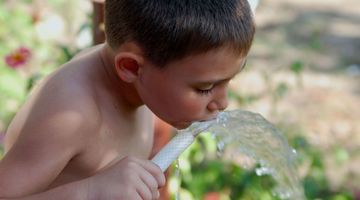
In this activity, students investigate the issues surrounding water in their local area and relate this knowledge to water issues in other countries. By the end of this activity, students should ...
READ MORE

Be part of a worldwide movement and use Global Earth Challenge to submit or classify photos to help our planet’s environment and human health. Global Earth Challenge is a citizen science campaign ...
READ MORE

This citizen science project wants your assistance to extract information from various climate scientific graphics to help combat misinformation and support scientific communication. Using this ...
READ MORE

Litter is everywhere – but how much is there, and why does it matter? Litterati is an online citizen science (OCS) project that allows participants to photograph, upload and tag litter in their ...
READ MORE

Long ago, according to the legend of Māui, the Sun was the focus of attention. People wanted more daylight and warmth to get their jobs done. Māui schemed to harness the Sun. Rights: Tim Tripp ...
READ MORE

In the primary classroom, even though teachers and students generally spend the day together, it cannot be assumed that students will experience their learning as coherent, connected or ...
READ MORE
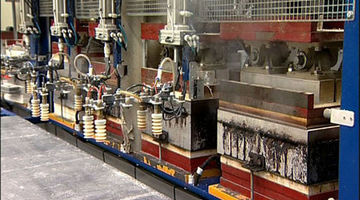
Students develop their knowledge to design a disposable product as a sustainable alternative to an existing product. Purpose To consider the issues of increasing plastics use and understand why ...
READ MORE
Peter Hall from Scion explains why we need large quantities of carbon neutral energy. Energy is everywhere. Anything we eat or use has energy embodied in it. Every object we produce required ...
READ MORE
Peter Hall from Scion discusses New Zealand’s energy demands and what we should think as a country about how to reduce our carbon footprint. A country’s economic growth is closely linked to how ...
READ MORE
Dr Peyman Zawar-Reza, from the University of Canterbury, explains how scientists can help energy companies to predict which areas they should target for further exploration and use for energy ...
READ MORE
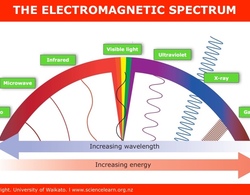
This interactive looks at the electromagnetic spectrum. To use this interactive, move your mouse or finger over any of the labelled boxes and select to obtain more information. Select here for a ...
READ MORE
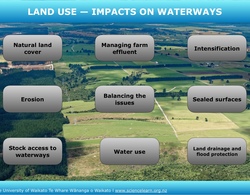
Discover some of the issues involving land use and water quality. Click on the labels for more information. Select here to view the full transcript and copyright information.
READ MORE
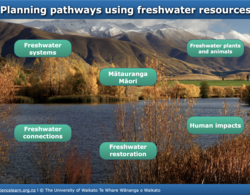
This interactive groups Hub resources into key science and mātauranga Māori concepts. Select here to view further information, the full transcript (with PDF download option) and copyright ...
READ MORE